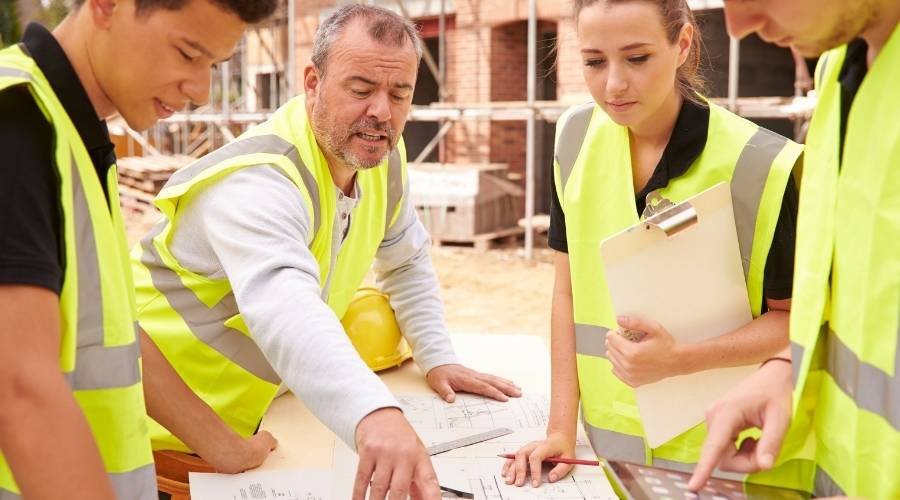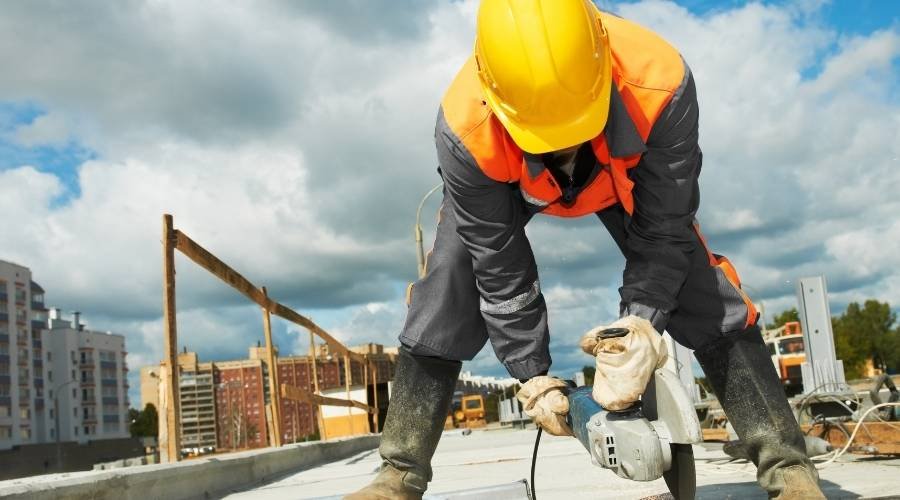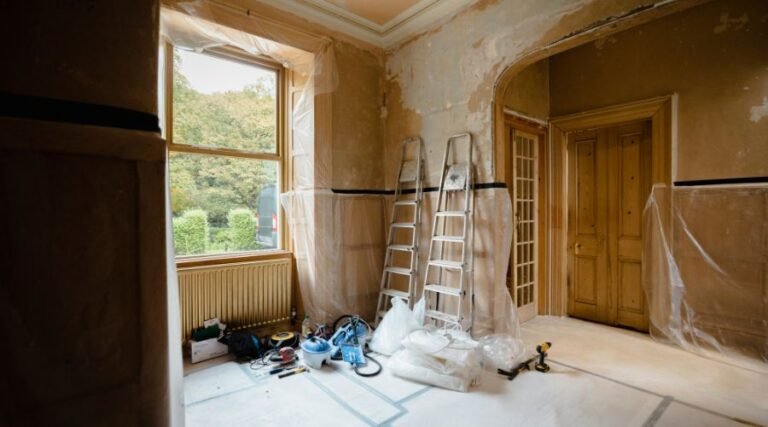Sustainable building practices aren’t just a trend—they’re a necessity for the future of Australia’s cities and communities. These practices involve designing, constructing, and operating buildings in ways that reduce environmental impact, conserve resources, and promote health for occupants. This means using eco-building techniques such as energy-efficient design, smart material selection, and systems that minimise waste at every stage.
Australia’s unique climate and natural resources require a careful approach to construction. Issues like bushfires, droughts, and rising energy costs have highlighted the need for eco-friendly construction in Australia. Green construction not only helps reduce carbon footprints but also offers direct benefits such as lower running costs, healthier indoor environments, and greater resilience against extreme weather.
The green construction industry in Australia has grown from being niche to becoming mainstream. According to the Green Building Council of Australia, more than 2,000 projects are now Green Star certified nationwide—a sign of both market demand and increasing regulatory support. In Sydney and beyond, developers who prioritise sustainable building practices not only protect their investments but also help create stronger, more liveable communities.
Building better isn’t just about bricks—it’s about making smarter choices that stand the test of time.
Sustainable Building Practices in Australia
Australia’s construction industry is changing to include sustainable building practices, making eco-friendly choices an essential part of development projects.

Use of Recycled Materials in Construction
Modern builders are increasingly incorporating recycled materials into their projects. From reclaimed wood and metal to recycled concrete and glass, these materials not only reduce waste but also decrease the demand for new resources. For instance, using recycled steel can significantly cut down on energy consumption compared to producing new steel, offering a practical yet environmentally friendly alternative.
Implementation of Energy-Efficient Appliances and Solar Panels
Energy efficiency stands at the forefront of sustainable building practices. Incorporating energy-efficient appliances such as LED lighting, high-efficiency HVAC systems, and smart thermostats can drastically reduce energy consumption in homes and commercial properties. Solar panels are another critical component; harnessing Australia’s abundant sunshine, solar energy systems not only lower electricity costs but also minimize the carbon footprint.
Emphasis on Water-Saving Fixtures and Rainwater Harvesting Systems
Water efficiency is paramount in a country where water scarcity is a concern. Builders are prioritizing water-saving fixtures like low-flow toilets, efficient showerheads, and faucet aerators that reduce water usage without compromising performance. Additionally, rainwater harvesting systems collect and repurpose rainwater for non-potable uses such as irrigation and toilet flushing, further conserving valuable water resources.
By integrating these sustainable practices, Australian developers are setting new standards that align with environmental stewardship while delivering functional and efficient buildings.
Role of the Green Building Council of Australia (GBCA)
GBCA’s Green Star Rating System Overview
The Green Building Council of Australia (GBCA) plays a crucial role in promoting sustainable building practices through its Green Star rating system. This system assesses buildings and communities based on their overall sustainability performance. It considers factors such as energy efficiency, water usage, indoor environmental quality, and materials selection throughout the entire process from design and construction to operation.
Benefits of Green Star-Rated Projects
Choosing a Green Star-rated project offers numerous advantages:
- Enhanced Marketability: Buildings with high Green Star ratings are more attractive to tenants and buyers who prioritize sustainability.
- Operational Savings: Energy-efficient designs and systems reduce utility costs over the building’s lifecycle.
- Healthier Environments: Improved air quality and natural lighting contribute to the well-being of occupants.
- Regulatory Compliance: Aligning with national and local sustainability benchmarks can streamline planning approvals.
GBCA’s Impact on Sustainable Building Practices
The GBCA has been instrumental in shaping Australia’s green construction landscape. By setting rigorous standards and advocating for best practices, the council ensures that sustainable development remains at the forefront. The widespread adoption of the Green Star rating system underscores the commitment to minimizing environmental impacts while enhancing economic viability.
“Through the Green Star rating system, we aim to transform the built environment into one that is healthy, liveable, productive, resilient, and sustainable.” – GBCA
This influence fosters a culture where developers, builders, and communities work collectively towards a more sustainable future.
Government Support for Sustainable Building Policies in New South Wales (NSW)
The Australian government has been proactive in advancing sustainable building policies in New South Wales (NSW). By implementing initiatives that promote eco-friendly construction methods, the government plays a crucial role in shaping a greener future for the region.
Key Initiatives
- Procurement Policies: The integration of sustainability criteria in public procurement processes ensures that government projects prioritize eco-friendly practices and materials.
- Electrification: Supporting the shift towards electrification of buildings, reducing reliance on fossil fuels, and enhancing energy efficiency.
- Low-Carbon Manufacturing: Encouraging the development and use of low-carbon materials through incentives and subsidies, fostering innovation within the construction industry.
Focus on Skills Development
A critical aspect of these initiatives is the emphasis on skills development. Training programs and certifications are provided to equip builders, architects, and developers with the knowledge needed to implement sustainable building practices effectively. This not only enhances the quality of construction projects but also ensures that sustainability becomes a standard practice across the industry.
Material Selection for Sustainability
Selecting sustainable materials is vital for reducing environmental impact. The government’s guidelines encourage using recycled and locally sourced materials, which helps minimize carbon footprints and supports local economies.
Long-Term Benefits
Government support for green construction delivers numerous long-term benefits:
- Economic Growth: Promoting sustainable building practices can lead to economic growth by creating new jobs within green industries.
- Environmental Protection: Reducing carbon emissions and conserving natural resources contribute significantly to climate change mitigation efforts.
- Enhanced Quality of Life: Sustainable buildings often offer better indoor air quality, natural lighting, and thermal comfort, improving occupants’ overall health and well-being.
The collaborative effort between the government and construction industry professionals drives significant progress towards a more sustainable built environment in NSW.

Economic and Ecological Advantages of Sustainable Building Practices in Australia
Smart developers consider both the immediate and long-term benefits that sustainable building delivers. Each decision on materials, design, and systems shapes not just a project’s footprint, but also the experience for every occupant.
1. Resource Efficiency
Sustainable construction in Sydney prioritises minimising waste and maximising resource efficiency. By integrating recycled steel, sustainably harvested timber, and low-impact insulation, projects achieve significant reductions in landfill contributions. Efficient water management—through dual-flush toilets, rainwater tanks, and greywater reuse—means less strain on municipal supplies and lower utility costs for property owners.
2. Healthier Living Environments
Indoor air quality improves with non-toxic paints, low-VOC adhesives, and advanced ventilation systems. Ample daylighting and thermal comfort features—such as high-performance glazing or natural cross-ventilation—create spaces that support mental wellbeing and productivity. Occupants benefit from fewer allergens, less mould growth, and a more comfortable climate year-round.
3. Climate Change Mitigation
Sustainable buildings actively contribute to climate change mitigation efforts. Choices like solar pre-wiring, high-efficiency HVAC systems, and passive solar design reduce reliance on fossil fuels. Every tonne of carbon saved through thoughtful planning translates into lasting value for residents, businesses, and the wider community.
Developers investing in these proven strategies find themselves ahead, not only in compliance but also in market reputation and long-term operational savings.
Conclusion
Sustainable building practices in Australia are not just a trend; they are essential for a resilient future. Developers should adopt these practices not only for the economic advantages but also for the ecological benefits they offer. Green construction leads to healthier living spaces, lower operating costs, and a positive effect on our planet.
The commitment to sustainable building will keep increasing as we move forward. By embracing these methods now, developers can pave the way for a more sustainable and prosperous Australia.




